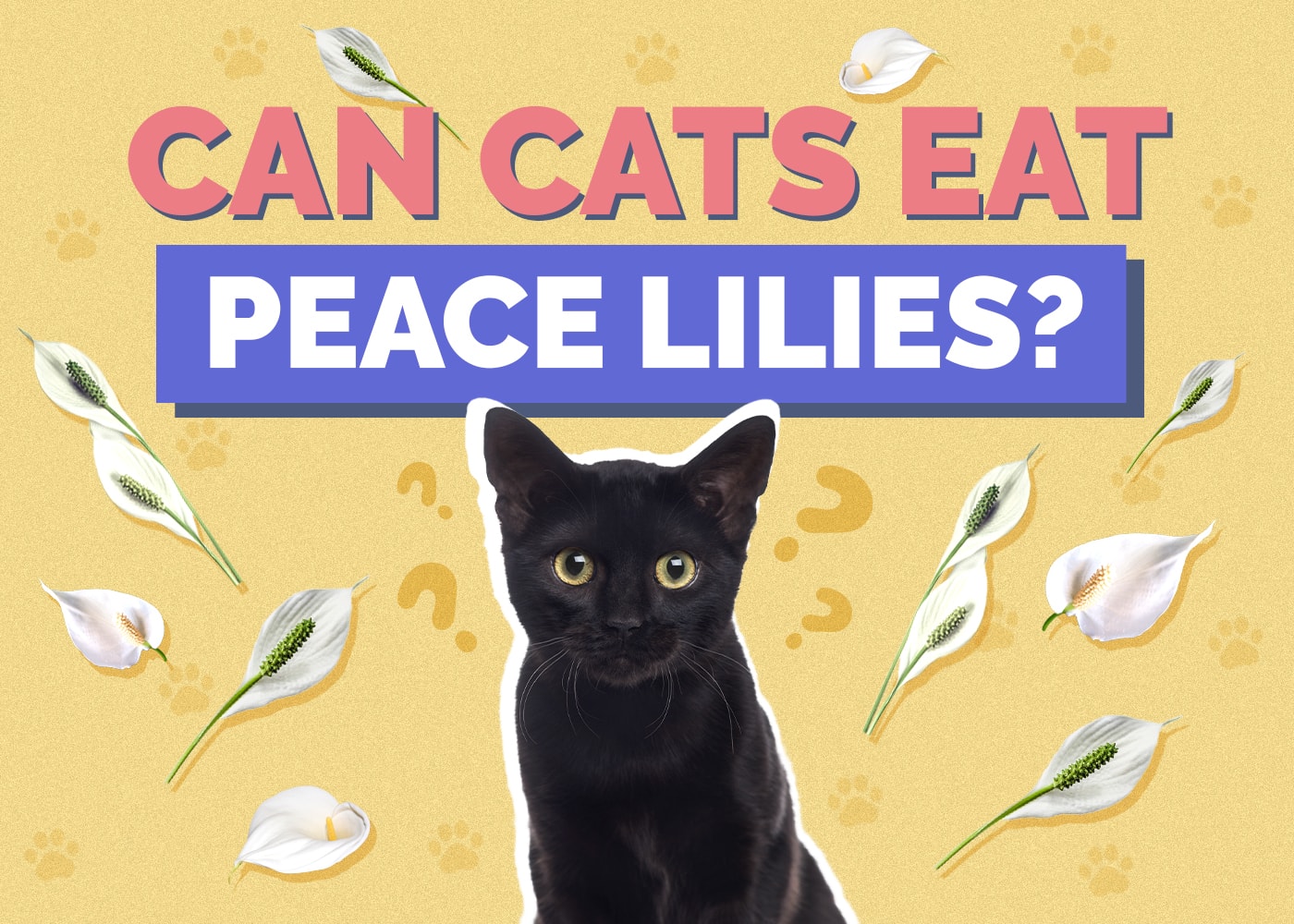Can Cats Eat Cornstarch? Vet-Reviewed Nutritional Health & Safety Guide
Updated on

Cornstarch is a popular ingredient that humans use in many foods. It helps thicken soups, sauces, desserts, and more. It’s an ingredient that most of us have in our kitchens. However, it’s high in calories and refined carbs and doesn’t hold many health benefits, but luckily, you don’t need much cornstarch when you use it for cooking.
If you’re a cat owner, have you ever wondered if you can feed cornstarch to your beloved feline friend? The short answer is: no, cornstarch is not something cats should be offered, although it’s not toxic to cats as such. Cornstarch does not provide complete nutrients to your kitty, but it can be found on the list of ingredients in their balanced and specifically formulated diet, as a digestible source of processed carbs. In this article, we’ll explore further why it’s still best not to share kitchen cornstarch with your cat.
Can Cats Eat Cornstarch?
Cats are obligate carnivores, meaning they need meat in their diet to be healthy. Cornstarch is plant-derived, so giving it to your cat in excess could cause unwanted side effects, such as an upset tummy. While cornstarch is non-toxic to your cat, you still want to be careful how much you give your feline friend, if any at all.
If your cat accidentally does eat cornstarch, it’s imperative to monitor your cat afterward for any signs of digestive discomforts, such as vomiting or diarrhea. If your cat develops these signs, consult your veterinarian.

Is There Starch in Cat Food?
Corn is rarely an allergy trigger in dogs and cats, and cats are capable of digesting starch by 40% to 100%, when properly cooked and processed. When you hear that cat food has corn, most people immediately think of it as non-nutritional filler. However, that is not necessarily true and corn does hold nutritional value, containing insoluble fiber, essential fatty acids, carbs and fat as a source of energy, and vitamins. Given that cats can digest it fairly well, when in processed form, cornstarch is a safe addition in commercial food recipes, although on its own, it’s not a complete nutrient. There is really no need to offer your cat cornstarch as such, as they will not benefit from it significantly, and may develop a stomach upset instead.
Grains as a source of carbs on the other hand, is not something cats require in their diet, as they are obligate carnivores and thrive on animal protein. Consult your vet when it comes to feeding your cat and choosing a well-balanced cat food that concentrates on their carnivorous nature. Cats suffering with diabetes should not be eating foods rich in carbs.
Can Cats Eat Corn Flour?
Corn flour is non-toxic to your cat, but it really doesn’t hold any nutritional value to give to them. Of course, corn flour comes from corn, and as we’ve established, corn is not a common allergy trigger for cats. Still, cornstarch is considered even less allergenic for cats and dogs sensitized to corn when compared to corn flour, when used as a commercial food ingredient. This may be a good choice for pets suffering with allergies or those on a particular hydrolyzed diet.
Corn flour is made from finely grounded whole kernel corn, and it contains protein, fiber, and vitamins. However, cats do not need corn flour in their diets. The bottom line is this: if your cat licks corn flour from the countertop, there’s no need for concern, but it’s better to keep it away from your cat, so they don’t eat any more of it.
Can You Use Cornstarch on a Cat’s Fur?
Some cats’ hair can get tangled, especially if you have a longhaired cat, such as a Maine Coon, Ragdoll, or Persian cat. Surprisingly, cornstarch comes in handy to get rid of mats and tangles. Simply sprinkle a little on the matted area (not too much) and brush the tangle out with a slicker brush. You’d be amazed at how well it works.
Always use it in moderation, and brush it out, as your cat is likely to ingest anything you put on their skin through grooming themselves. Unless you have a cat that loves water, bathing a cat can be a real pain! It’s best to make it as simple as possible for both you and your kitty.
Never use any oils, particularly not essential oils on your cat’s skin as they are toxic to cats.
Now that you know what you can safely feed your cat, it’s just as important to find a bowl that supports their health and well-being. With whisker-friendly bowls and a wide tray to catch any spills, our Hepper NomNom Cat Bowl is our favorite option.

Final Thoughts
Some cats are very picky eaters, and most are unlikely to show an interest in cornstarch. Even though it’s considered safe, your cat does not need it and there’s no real reason to give your cat cornstarch because it’s not a complete food source.
As we’ve stated, cats don’t need cornstarch as a plain ingredient from your kitchen cupboard, as their balanced diet contains all the required nutrients, and is based on animal protein. Cornstarch as a source of digestible carbs may already be a part of their commercial diet in an adequate and safe amount. In the end, it’s best to stick to nutritional cat food formulated specifically for the carnivorous cat. Since cornstarch is made from corn, although controversy surrounds the topic, veterinary nutritional experts from Tufts University believe it’s a safe and beneficial ingredient in pet food when added in appropriate amounts.
We’d also like to point out that if you’re ever in doubt about what not to feed your cat, your veterinarian is a good resource to obtain such information. When in doubt, run a new food past your vet before feeding anything other than your cat’s normal diet.
Featured Image Credit: Michelle Lee Photography, Shutterstock












